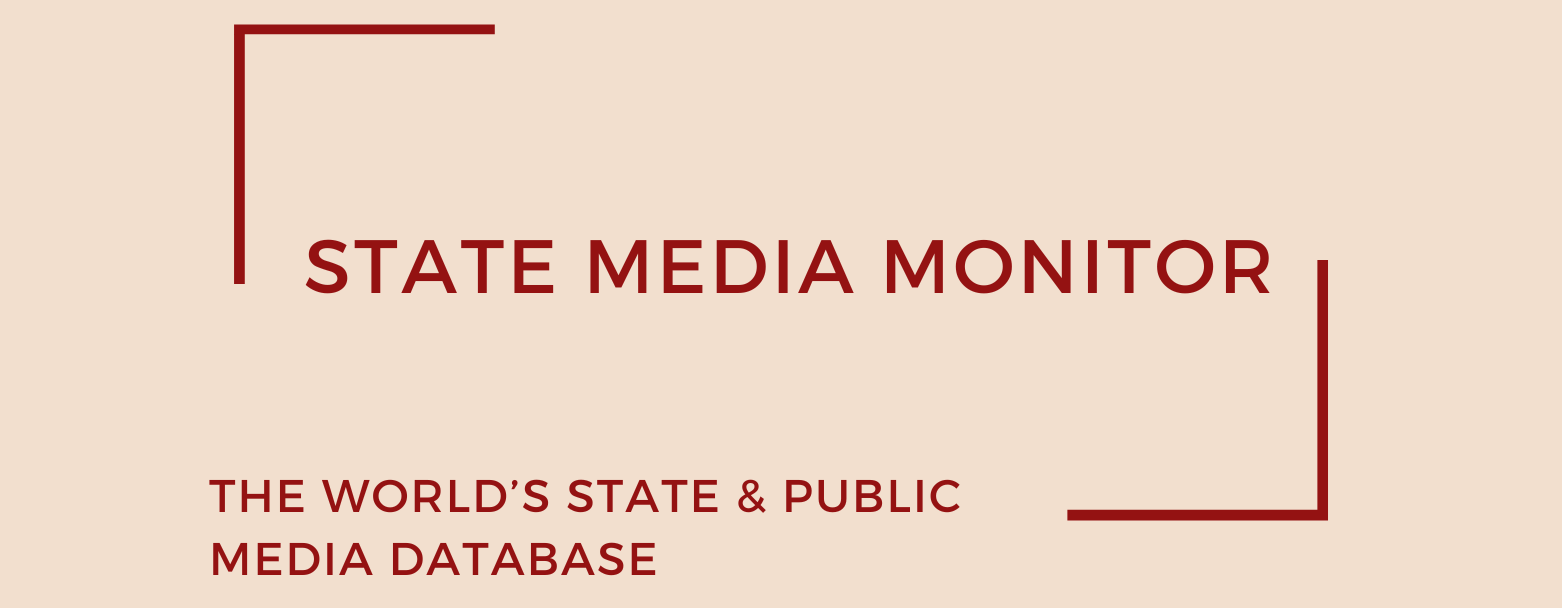News and Periodicals Enterprise (NPE)
The News and Periodicals Enterprise (NPE) is Myanmar’s largest and most influential state-owned print media conglomerate. Operating under the Ministry of Information, it serves as the government’s principal publishing arm. NPE’s origins date back to 1965, when it was established as the Newspapers Supervisory Committee, later restructured into the News and Periodicals Corporation in 1972, and finally renamed to its current form in 1998.
NPE oversees the publication of three of Myanmar’s most widely circulated newspapers: Myanma Alinn – founded in 1914, it is the country’s oldest still-running daily; Kyemon (The Mirror) – launched in 1957; and The Global New Light of Myanmar – originally published in 1964 as The Working People’s Daily, rebranded to its current name in the 1990s to align with the junta’s modernization narrative.
In addition to its print portfolio, NPE also operates the Myanmar News Agency (MNA)—the country’s official news wire service. MNA was established in 1962 as the Revolutionary Council News Agency, tasked with centralizing the distribution of state-sanctioned news across the country and to foreign media.
Since 2017, NPE has also managed Myanmar Digital News, an online news portal developed by the private firm Megalink Advanced Technologies. The portal serves as an aggregator of NPE’s print content while also producing digital-native stories aligned with official editorial policies.
Media assets
Publishing: Myanma Alinn, Kyemon, The Global New Light of Myanmar
News agency: Myanmar News Agency (MNA)
News portal: Myanmar Digital News
State Media Matrix Typology
Ownership and governance
NPE is wholly owned and operated by the Ministry of Information. The enterprise functions as a government department, with senior leadership—including the Director General—appointed directly by ministerial authorities. There is no independent oversight board or stakeholder representation in the management of the organization. All strategic, editorial, and operational decisions fall within the purview of the ministry.
Source of funding and budget
As of 2025, there is still no publicly available data on NPE’s annual operating budget. However, interviews with local journalists and media analysts conducted in May 2024 and February 2025 indicate that over 80% of NPE’s funding is drawn directly from the state budget. While the Ministry of Information has encouraged its publications to supplement their income through advertising and commercial partnerships, these efforts have been limited in scope and impact.
Despite maintaining national circulation and digital expansion, NPE has not transitioned toward financial sustainability or transparency. It continues to operate in a closed fiscal environment, with no independent audits or budget disclosures made available to the public or press.
Editorial independence
Editorial independence at NPE is nonexistent. Its publications are widely regarded, both domestically and internationally, as unambiguous government mouthpieces. Local journalists interviewed in May 2024 and February 2025 affirm that the organization’s editorial mission is to promote the policies, positions, and narratives of the state.
According to the Ministry of Information, NPE’s core mandate is to “focus on publishing newspapers that are in line with the vision of the Ministry of Information to inform, educate and entertain.” In practice, this means strict adherence to official messaging, suppression of dissenting viewpoints, and amplification of government propaganda, particularly in times of political unrest.
This lack of editorial autonomy has become even more pronounced since the military coup of February 2021. In the years since, NPE publications have been instrumental in framing opposition actors as foreign-backed threats and in sanitizing reports of state violence.
In July 2025, Union Minister for Information Maung Maung Ohn visited NPE’s Yangon offices and urged staff to report with “open eyes and ears,” to remain accurate, and to understand state policies thoroughly. He emphasized the Prime Minister’s high regard for print media as a source of “trustworthy and reliable information.”
Independent media continue struggling amid dramatic reductions in international aid, especially U.S. USAID funding cuts in the first quarter of 2025 that jeopardize non-state outlets. This has accentuated state-backed publications’ dominance in the information space.
As of mid-2025, there is still no statutory framework or external regulatory body that provides safeguards for editorial independence or accountability for ethical violations.
July 2025
Citation (cite the article/profile as part of):
Dragomir, M. (2025). State Media Monitor Global Dataset 2025.
Media and Journalism Research Center (MJRC).
Zenodo.
https://doi.org/10.5281/zenodo.17219015
This article/profile is part of the State Media Monitor Global Dataset 2025, a continuously updated dataset published by the Media and Journalism Research Center (MJRC).
